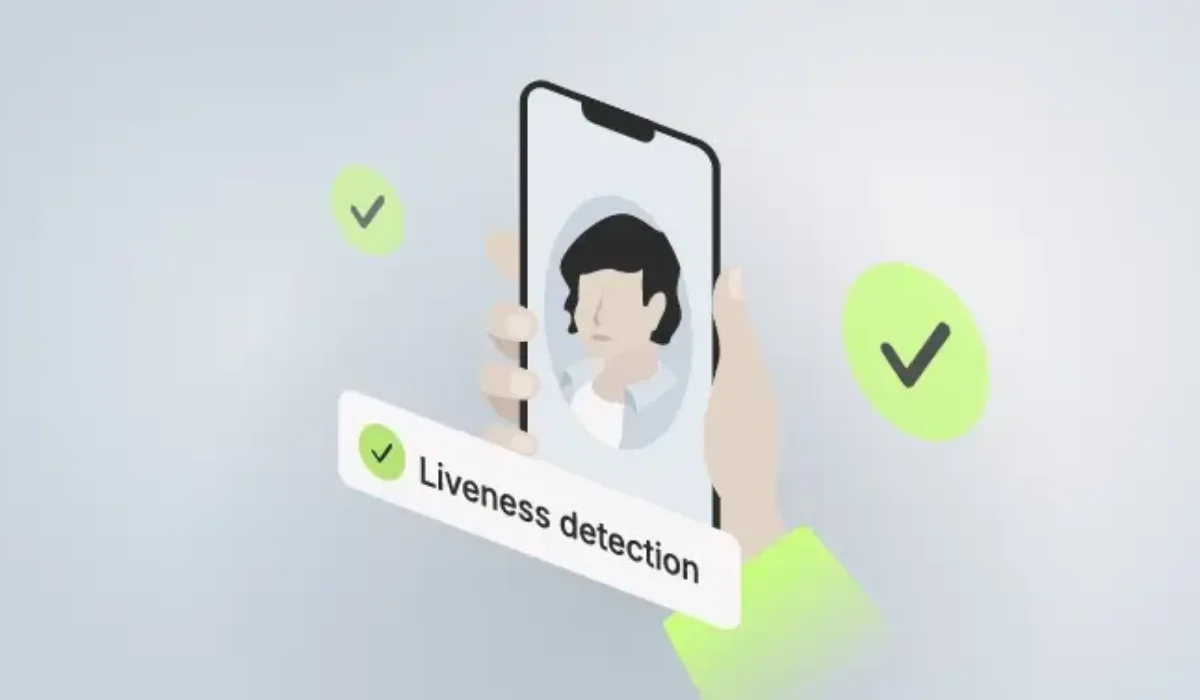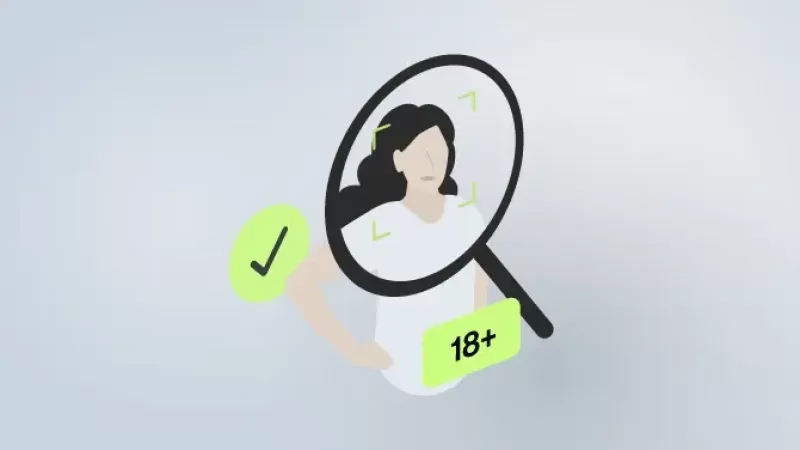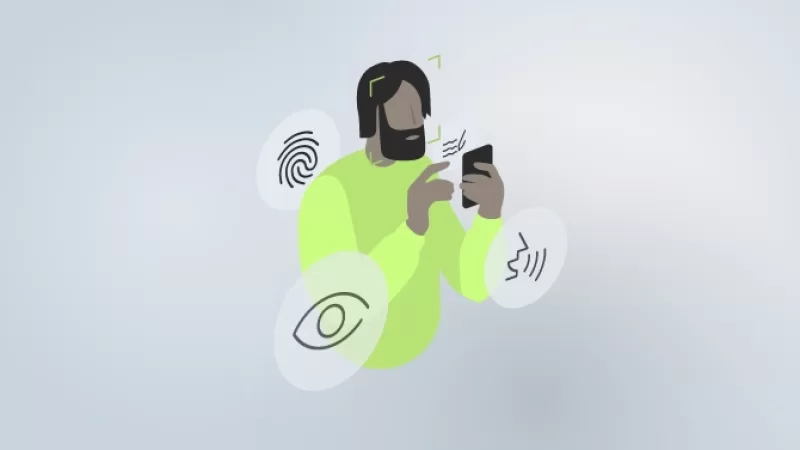As digital services continue to replace in-person interactions, ensuring that a real, live human is behind every online transaction has never been more critical. This is where liveness detection comes in a technology designed to protect identity verification systems from spoofing and fraud.
What Is Liveness Detection?
Liveness detection is a biometric security mechanism used to confirm that the person interacting with a system is physically alive and present at the time of verification. In most cases, it’s applied to facial recognition technology, where a camera captures an image or video of a person’s face during onboarding or login processes. But instead of merely comparing the image to a stored template or ID photo, liveness detection takes it one step further—it determines whether that face belongs to a live human being rather than a fraudulent artifact.
These artifacts could be anything from printed photographs and screen replays to highly realistic 3D masks or deepfake videos. As biometric authentication systems have become more widespread in sectors like banking, telecom, healthcare, and government services, so too have the methods fraudsters use to exploit them. Simple facial recognition alone is no longer enough to guarantee identity security.
Liveness detection addresses this vulnerability by analyzing subtle, often imperceptible indicators of life—such as spontaneous facial movements, natural light reflections on the skin, or depth cues from a 3D face scan. Depending on the method used, the system may prompt the user to perform specific actions (like blinking or turning their head), or it may analyze the feed passively, without requiring any effort from the user.
In essence, liveness detection is the silent bouncer at the door of digital identity systems checking not just who someone is, but whether they’re really there.
It answers a critical question in identity verification: Is this a genuine, living person engaging in this interaction right now or a digital or physical forgery attempting to gain unauthorized access?
By providing this layer of real-time presence detection, liveness technology strengthens the entire trust framework of digital identity. It not only helps prevent identity theft and account fraud but also boosts user confidence in remote, self-service onboarding processes where no human agent is present to verify legitimacy face to face.
Types of Liveness Detection Technology
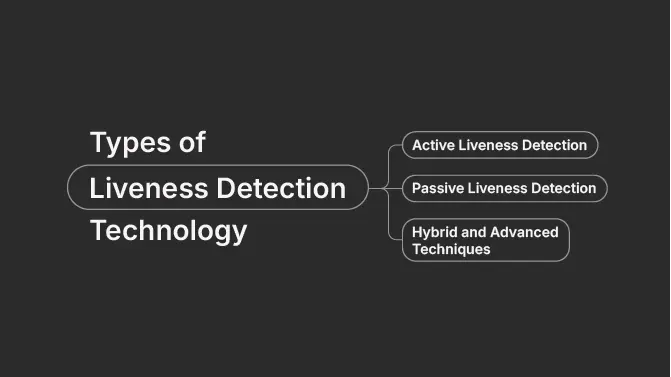
Liveness detection is not a one-size-fits-all technology. Its implementation can vary significantly based on the level of user interaction required, the sophistication of the fraud prevention mechanism, and the risk profile of the use case. Broadly, liveness detection methods fall into three categories: active, passive, and hybrid or advanced techniques. Each offers a different balance between user experience and security robustness.
Active Liveness Detection
An active liveness check requires explicit participation from the user. During the verification process, users are prompted to perform one or more actions in front of the camera, such as blinking, turning their head, smiling, following a moving dot with their eyes, or reading a set of numbers aloud. These interactions generate real-time facial movements and behavioral cues that are extremely difficult to replicate using static images or pre-recorded content.
Why it works: Fraudsters attempting to spoof the system with a photo or video typically can’t respond to unpredictable prompts. Even deepfakes, though increasingly realistic, may struggle with real-time responsiveness and subtle motion inconsistencies.
Trade-offs: While active liveness is highly secure, it can introduce friction into the user experience. Delays, misunderstood prompts, or accessibility issues (e.g., for users with mobility impairments) may lead to drop-offs in onboarding flows or failed verifications.
Passive Liveness Detection
A passive liveness check, on the other hand, operates silently and invisibly from the user’s perspective. No action is required—users simply present themselves to the camera as they would during any normal photo capture. The system, using advanced AI models and computer vision techniques, analyzes subtle indicators of life, such as:
- Micro-movements of the eyes and facial muscles
- Natural light reflections and shadows
- Skin texture and tone variations
- Depth information and 3D face structure (when available)
Why it’s powerful: Because users aren’t asked to do anything out of the ordinary, passive liveness minimizes friction. This makes it ideal for mobile-first and customer-centric platforms that prioritize seamless UX.
Security considerations: Passive methods must be built on high-quality datasets and continuously updated to detect emerging threats like deepfakes, synthetic media, or high-quality masks. When done well, passive detection can reach the same anti-spoofing strength as active techniques without degrading the user journey.
Hybrid and Advanced Techniques
In real-world applications—especially those involving financial transactions, regulated industries, or high-risk environments—many vendors opt for hybrid liveness detection. This combines the strengths of both active and passive methods, layering them with additional signals and technologies, such as:
- 3D depth sensing: Uses stereo cameras or infrared sensors to verify the three-dimensionality of the face, which 2D forgeries cannot replicate.
- Infrared imaging: Helps detect heat signatures or differentiate live skin from synthetic materials.
- Contextual data analysis: Examines behavioral signals (like device motion), network conditions, or even keystroke patterns to add contextual verification.
- Challenge-response AI: Dynamically adapts the level of required liveness testing based on perceived risk—for example, tightening checks if anomalies are detected.
Benefits of hybrid systems: They allow organizations to apply the right level of security depending on the situation. A low-risk login may use passive checks only, while a large financial transaction might trigger deeper, more interactive liveness layers.
Bottom line: Whether a business chooses active, passive, or hybrid liveness detection depends on its specific risk appetite, regulatory requirements, and the experience it wants to deliver. The most effective solutions are often adaptable, offering multiple liveness strategies under one unified identity verification framework.
How Liveness Detection Works (Step-by-Step)
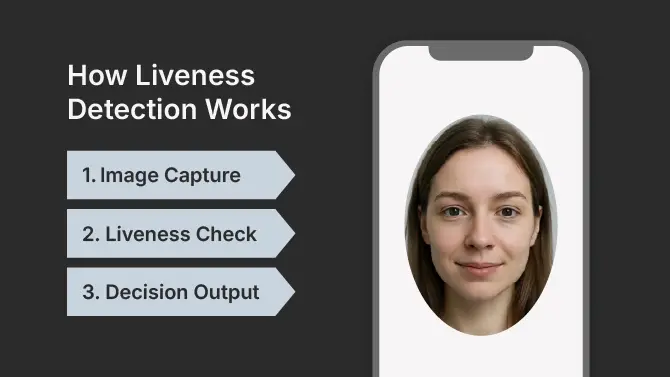
Liveness detection operates quickly and silently behind the scenes, but it involves several distinct steps that combine biometric capture with real-time analysis. Here’s how it works:
1. Image Capture
The process begins with the system prompting the user to present their face. This might involve taking a selfie or recording a short video, either automatically or with simple instructions.
- In active systems, the user may need to blink, smile, or follow a moving prompt.
- In passive systems, no user action is required—just look at the camera.
The goal is to collect high-quality input for the next stage.
2. Liveness Check
Once captured, the system uses AI to analyze the data for signs of life. Depending on the method, this could include:
- Detecting facial movement or depth
- Examining skin texture and light reflection
- Looking for 3D facial structure or micro-expressions
These indicators help distinguish a live person from a spoof attempt, such as a photo, video, or mask.
3. Decision Output
After analysis, the system makes a determination:
- If liveness is confirmed, the process continues—typically with a face match against an ID.
- If liveness fails, the attempt is blocked, flagged for review, or the user is asked to retry.
The entire process typically takes just a few seconds and can be integrated smoothly into onboarding or authentication workflows.
Integration with Verification Systems
Liveness detection is usually part of a broader Know Your Customer (KYC) or identity verification workflow. It integrates with document verification, facial recognition, and backend fraud detection systems, offering a seamless yet secure verification experience.
Liveness Detection vs. Liveness Verification
Although the terms are often used interchangeably, there is a subtle but important distinction between liveness detection and liveness verification. Liveness detection is specifically concerned with determining whether the person in front of the camera is physically present in real time. It focuses solely on confirming that the face being captured is not a spoofed image, video, or other fraudulent representation.
Liveness verification, on the other hand, goes one step further. In addition to confirming that the person is live, it involves matching the live facial image to a trusted source—such as a government-issued ID, a passport photo, or a previously verified biometric profile. This additional step ensures that the live person is not only real, but also who they claim to be.
In most digital identity workflows, liveness detection is the first barrier against fraud. Once that hurdle is cleared, liveness verification establishes the link between the live subject and their claimed identity. Together, these two layers provide a comprehensive defense against both presentation attacks and identity fraud.
Use Cases Across Industries

Industries That Rely on Liveness Detection
Banking & Fintech use liveness detection for secure account openings, digital lending, and authorizing high-risk financial transactions.
Healthcare applies it to verify patient identities before granting access to medical records or telehealth services.
Telecommunications rely on it for remote SIM card registration and electronic KYC processes, ensuring users are who they claim to be.
Government Services implement liveness detection in digital ID programs and benefits distribution to prevent impersonation and fraud.
Fraud-Sensitive Scenarios
Account Takeover Prevention uses liveness checks to stop fraudsters from logging in with stolen credentials.
Remote Employee Onboarding depends on liveness detection to confirm the identity of new hires before granting access to internal systems.
Online Exam Proctoring verifies that the person taking the test is physically present and not using prohibited aids.
Cryptocurrency Wallet Access is secured with liveness detection to ensure only the legitimate user can initiate withdrawals or manage funds.
Any use case where a fraudulent actor could benefit from impersonating someone else is a prime candidate for liveness detection.
Key Benefits of Liveness Detection
Prevents Spoofing Attacks
Liveness detection acts as a first line of defense against presentation attacks. It helps prevent fraudsters from bypassing identity checks by using photos, videos, deepfakes, or physical masks. By verifying that the biometric input is coming from a physically present, living person, the system can reject static or artificial media before any further verification occurs. This is essential in reducing the risk of impersonation, account takeovers, and synthetic identity fraud.
Improves Trust and Security
When users and businesses know that identity verification systems can reliably distinguish between real users and spoof attempts, it enhances overall confidence in the platform. This sense of security is especially important in remote-first environments, where interactions occur without human oversight. Trust is built not only through seamless technology but through visible safeguards like liveness detection that reassure users their data and identities are protected.
Enhances User Experience
Passive liveness detection, in particular, improves the customer experience by allowing users to be verified without additional actions or friction. Unlike active methods that ask for blinking or head movements, passive systems operate in the background, making the verification process feel natural and unobtrusive. This ease of use increases conversion rates and reduces abandonment during onboarding, especially on mobile devices where convenience is key.
Reduces Manual Reviews
Automated liveness detection helps reduce the need for human intervention in the verification process. By accurately filtering out spoof attempts and low-quality submissions in real time, it minimizes the volume of cases that require manual review. This streamlines internal workflows, cuts operational costs, and allows compliance teams to focus on truly complex or high-risk verifications rather than being bogged down by avoidable false positives.
Supports Compliance
Incorporating liveness detection also helps organizations stay aligned with regulatory requirements. Standards such as ISO/IEC 30107-3, GDPR, and various regional KYC frameworks emphasize the need for secure and trustworthy biometric systems. Liveness detection supports these goals by offering a verifiable method of anti-spoofing, reinforcing the integrity of identity verification systems, and demonstrating responsible data protection practices.
Challenges and Limitations
Despite its advantages, liveness detection isn’t flawless:
Environmental Conditions: Poor lighting or camera quality can affect accuracy.
Bias and Fairness: Some systems may underperform across diverse demographic groups.
User Experience Trade-Offs: Active liveness tests may frustrate users if too complex.
Adversarial AI: Sophisticated spoofing attacks using deepfakes are evolving.
Leading providers constantly update algorithms to counter new attack vectors and ensure inclusivity.
Regulatory Standards and Compliance
Liveness detection plays a vital role in meeting global and regional regulatory requirements:
- ISO/IEC 30107-3: The gold standard for presentation attack detection (PAD).
- GDPR: Requires lawful, fair, and transparent biometric data processing.
- eIDAS (EU) and NIST (US): Encourage strong identity proofing and authentication protocols.
Providers must ensure liveness systems are auditable, explainable, and privacy-compliant.
How Ondato Uses Liveness Detection
At Ondato, liveness detection is embedded in our identity verification solutions to stop fraud before it starts. We offer both active and passive liveness detection modes—designed to fit your compliance needs and deliver a frictionless user experience.
Our systems meet global regulatory standards, protect biometric data with advanced encryption, and seamlessly integrate into your onboarding or verification workflows.
Last Thoughts
Liveness detection has become a linchpin in the fight against identity fraud. It ensures that biometric verification isn’t just accurate but secure, real-time, and compliant. As digital services become more ubiquitous, organizations must choose verification tools that can distinguish between real users and sophisticated fakes.

